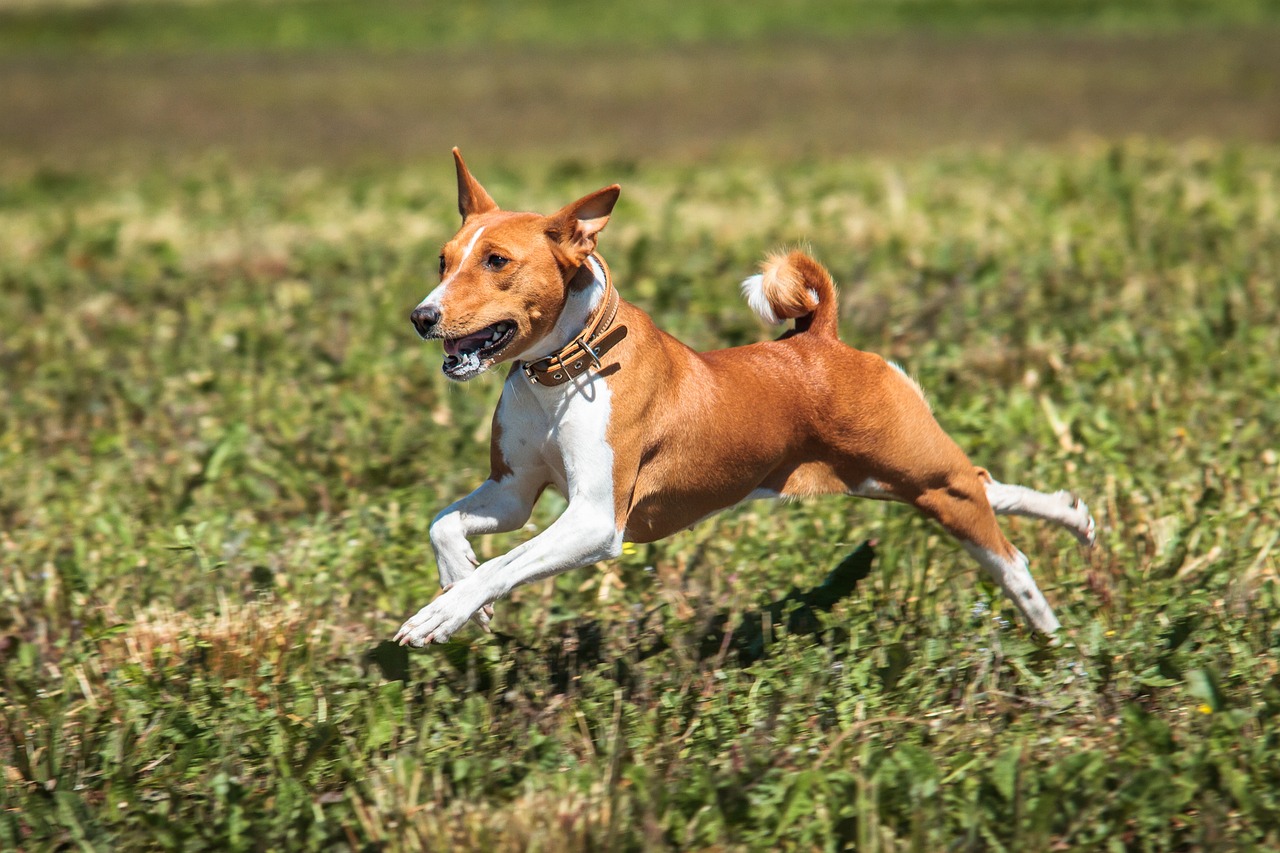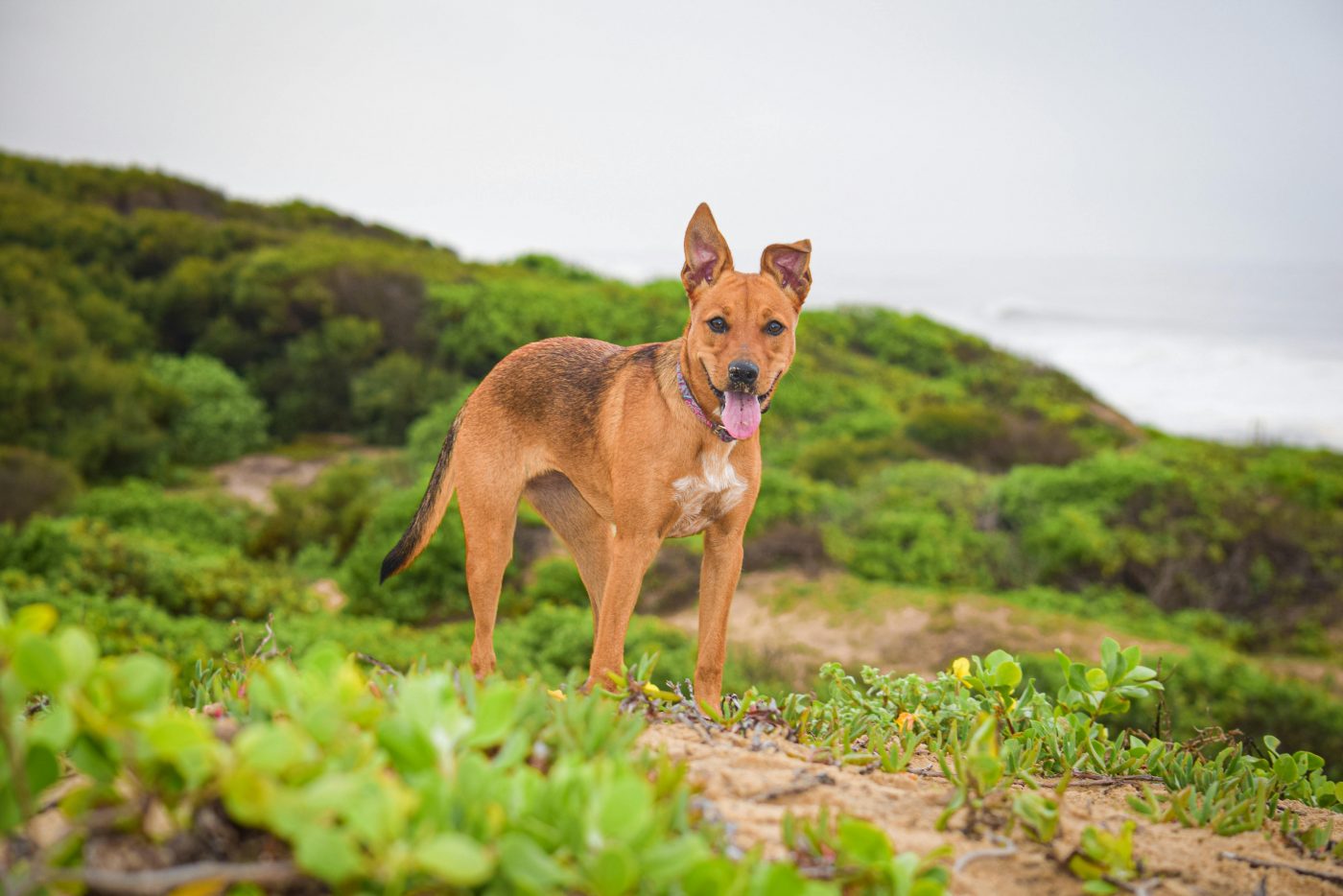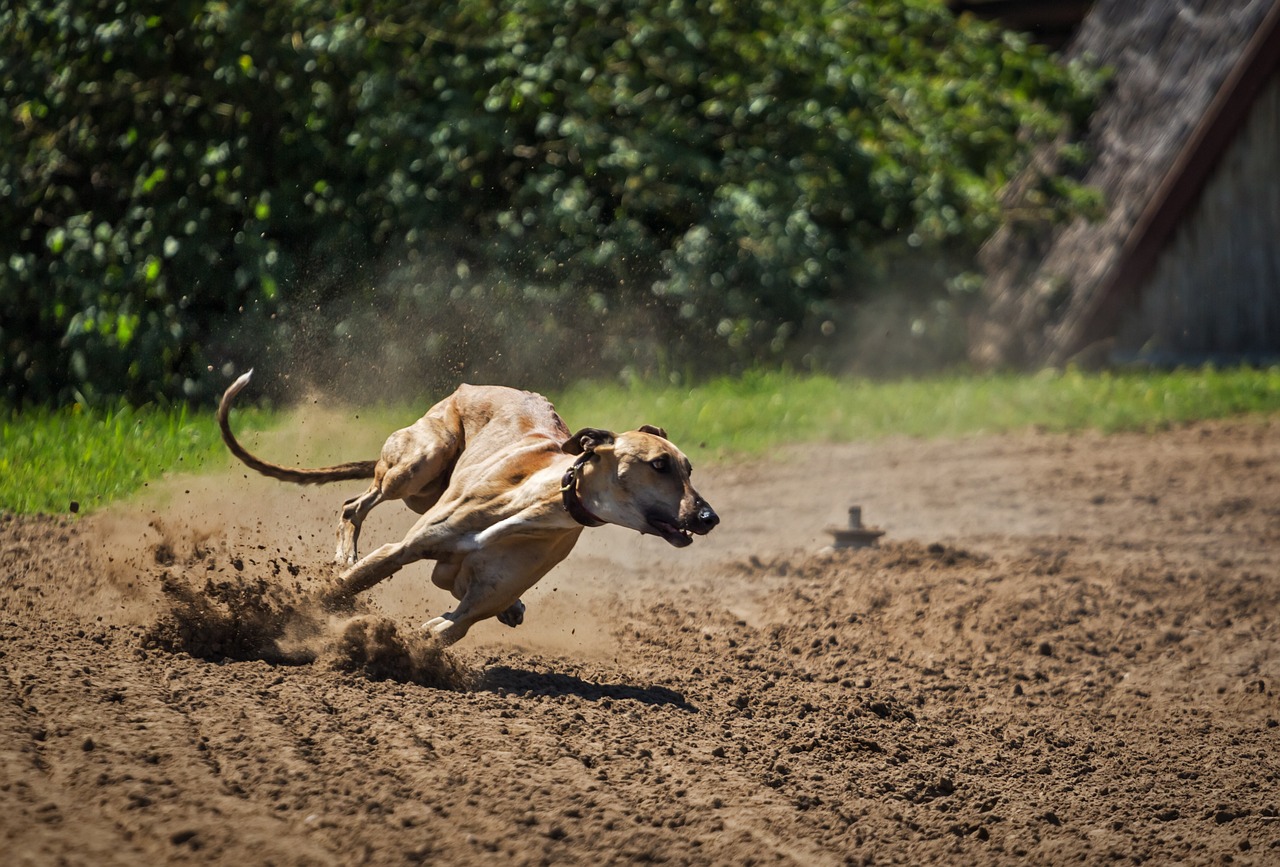The rich tapestry of Egyptian history is not only woven with stories of pharaohs, pyramids, and ancient gods, but also the enduring legacy of its canine companions. Egyptian dog breeds stand as living relics of a bygone era, exhibiting traits and characteristics honed in the sands and along the banks of the Nile River. These breeds, revered in ancient times for their hunting prowess, loyalty, and protective nature, continue to fascinate and serve humans in various roles today. From the sleek Saluki to the sturdy Basenji, each breed contains a piece of Egyptian heritage, offering insight into the country’s culture and the important role dogs played in ancient society. This article explores 5 Egyptian dog breeds, exploring their historical significance, unique characteristics, and why they remain symbols of Egyptian history.
1. Saluki
The Saluki, often referred to as the Royal Dog of Egypt, is one of the oldest known breeds, with its likeness found in ancient Egyptian tombs dating back to 2100 BCE. Prized for its incredible speed and agility, the Saluki was used for hunting gazelles and other fast prey. This slender and beautiful dog is characterized by long legs, a deep chest, and a silky coat, which can be feathered or smooth. Salukis are known for their reserved nature around strangers but fiercely loyal to their family, embodying the beauty and mystery of their ancient heritage.


2. Basenji
The Basenji, another ancient breed, is known for its unique characteristics: it does not bark but makes a peculiar chortle or yodel. Originating in Central Africa, Basenjis were brought to Egypt by trading caravans and quickly became a favorite of the nobility for their hunting skills and quiet approach. This small, sleek dog has a short coat, straight ears, and a tightly curled tail, displaying a neat and alert demeanor. Basenjis are intelligent, independent, and energetic, making them charming, if sometimes challenging, companions.


3. Africans
Africanis is not specifically Egyptian but native to the African continent and represents the type of primitive dog familiar to ancient Egyptian society. This breed is a landrace, adapted over the centuries to the harsh environment in Africa. African dogs are known for their resilience, resilience, and independence, qualities that have allowed them to survive and thrive in different regions of Africa. Their connection to Egypt lies in their shared ancestry with dogs that roamed the Nile valley, serving as hunters, guardians, and companions to ancient civilizations.


4. Canaan dog
The Canaan Dog is another breed that, although not directly descended from Egypt, has a historical presence in the Middle East and has been linked to ancient civilizations, including Egypt. Known as a pariah dog, the Canaan Dog has lived in the deserts around Israel, Jordan, and the Sinai Peninsula for thousands of years, surviving natural selection with little human intervention until recent times. They are known for their intelligence, loyalty, and survival instincts, making them excellent watchdogs and companions. Their short coat, suitable for the harsh desert climate, and their versatile herding and guarding abilities, reflect functional traits that were likely valued in ancient times.


5. Greyhounds
Although not originally from Egypt, Greyhounds are often associated with the country due to their depiction in ancient Egyptian art. They are one of the fastest dog breeds, capable of reaching speeds of up to 45 miles per hour. Greyhounds have a slim, aerodynamic build that allows for their incredible speed and agility. In ancient Egypt, they were probably used for hunting because of their quick pursuit of prey. Today, Greyhounds are valued for their gentle and friendly nature, making them great companions in addition to their historic role as hunters.


These five races, each with their own unique story, continue to embody the spirit of ancient Egypt, serving as a bridge between the past and the present. Whether through their dignified bearing, hunting prowess, or loyal companionship, they remind us of the eternal bond between humans and dogs, a connection that transcends centuries and civilizations.


